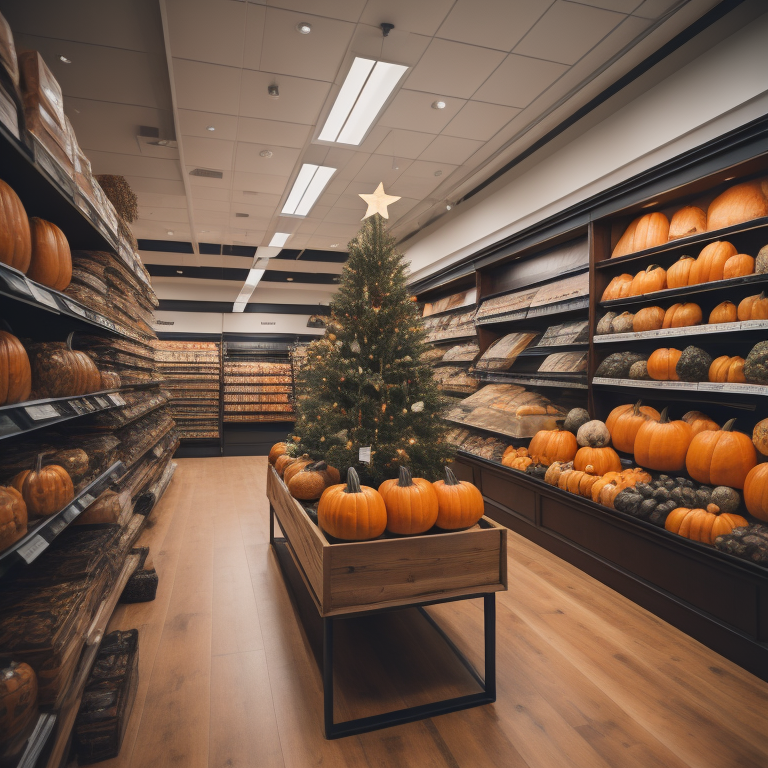Retail Display Strategies You Haven't Tried Yet
We guarantee there's at least one strategy on this list you haven't tried with your retail displays -- but all are worth investigating, and many backed by well-documented psychological principles.
Retail display design is a crucial element of the shopping experience, and its impact on sales is significant. Here are some interesting and surprising facts about retail display design and how planograms can be used to leverage them:
Color Psychology

The use of color in retail displays can have a profound impact on consumer behavior. For example, warm colors like red and orange can create a sense of urgency, while cool colors like blue and green can promote calmness. Planograms can incorporate color strategies by grouping products with complementary colors or using contrasting colors to make specific items stand out.
Eye-Level Placement
Items placed at eye level on store shelves tend to attract the most attention and generate higher sales. Planograms can be used to ensure that the most profitable or popular products are positioned at eye level to maximize their visibility and sales potential. GoPlanogram, in particular, is a software that has features for analyzing and planning products at eye-level.

The Power of Symmetry

Symmetrical displays are visually pleasing and can encourage a sense of order and balance. Planograms can be designed to create symmetry in the arrangement of products, making the display more appealing and encouraging customers to explore further.
Cross-Selling Opportunities
Planograms can be used to strategically position complementary products together. For example, placing chips next to dip or batteries near electronic devices can encourage customers to make additional purchases, increasing the average transaction value.
Seasonal Changes

Retail displays need to adapt to seasonal changes and holidays. Planograms can be adjusted easily to incorporate seasonal products, ensuring that the store remains relevant and enticing to customers throughout the year.
Storytelling Displays
Creating a narrative or story with your retail display can captivate customers' imaginations and drive sales. Planograms can be used to arrange products in a way that tells a story, whether it's highlighting a product's origin, benefits, or a unique use case.
Aisle Flow
Effective retail display design can influence the flow of foot traffic in a store. Planograms can be used to design aisles that guide customers through the store, exposing them to a variety of products and increasing the chances of making unplanned purchases.
Limited-Time Offers
Creating a sense of urgency with limited-time offers or promotions is a proven sales strategy. Planograms can be updated in real-time to reflect these offers, ensuring that customers are aware of and enticed by time-sensitive deals.
Data-Driven Decision Making

Planogram software, such as GoPlanogram, often integrates with sales and inventory data, allowing retailers to make data-driven decisions about product placement and assortment. This can lead to more accurate predictions and optimizations for sales.
Retail display design has a profound impact on sales, and planograms are a valuable tool for harnessing these effects. By strategically using planograms to control product placement and make data-driven decisions, companies of all sizes and verticals can improve their retail displays and increase revenue.
An easy but powerful way to take advantage of planograms is to use a planogramming software, such as GoPlanogram. GoPlanogram is a cloud-based software that contains powerful planogramming features, all within an incredibly simple and modern interface, so your entire team can harness the power of planograms without any onboarding headache.
To get started with GoPlanogram today, click here to get in touch.